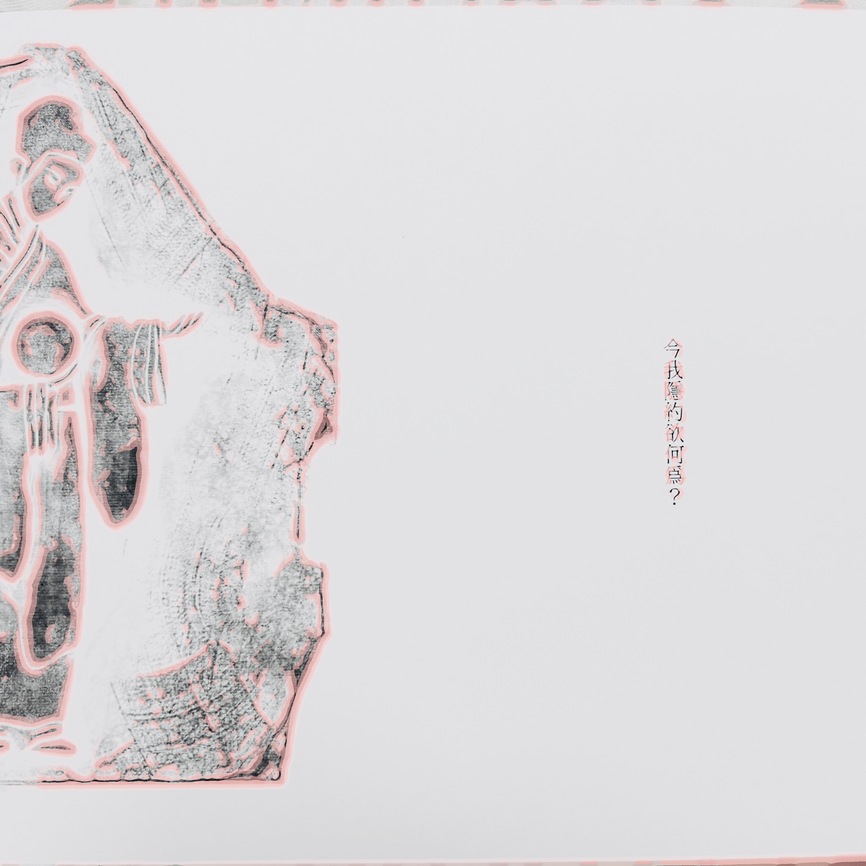
Pinned post
自用,记一个2024待看清单【实时更新中】
游戏类:
与君盟 (多少年了 )
极乐迪斯科(多少年了! )
博德之门3
逆转裁判系列
网文类:
花近江国(240819-240911)
诡秘之主(在听了在听了)
西出玉门
莲花楼吉祥纹
鬓边不是海棠红(多少年了!!)
穿成师尊,但开组会
求生在动物世界
祝姑娘今天掉坑了没
电视剧类:
大宋少年志1,2(真的我要看2吗我真的要看2吗)
戏剧类:
桃花扇
哗变(多少年了!!!)
视频类:
FF7剧情
FSR剧情
谢李剧情
我以为:工作压力大下班晚会让我被迫戒掉网络游戏
其实是:每一格上升压力都会造成赛博配货,目前已经韭了灯盒子日月相推挂件和松鼠尾巴
……但是那么大那么duang的松鼠尾巴🐿我们小哪糊一定要有!
mean
Joined Mar 2023
 一酱通酱酱通
一酱通酱酱通